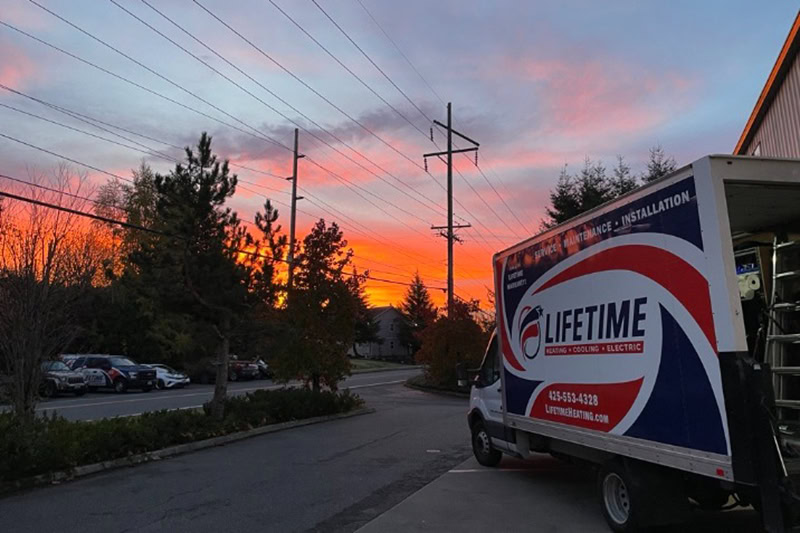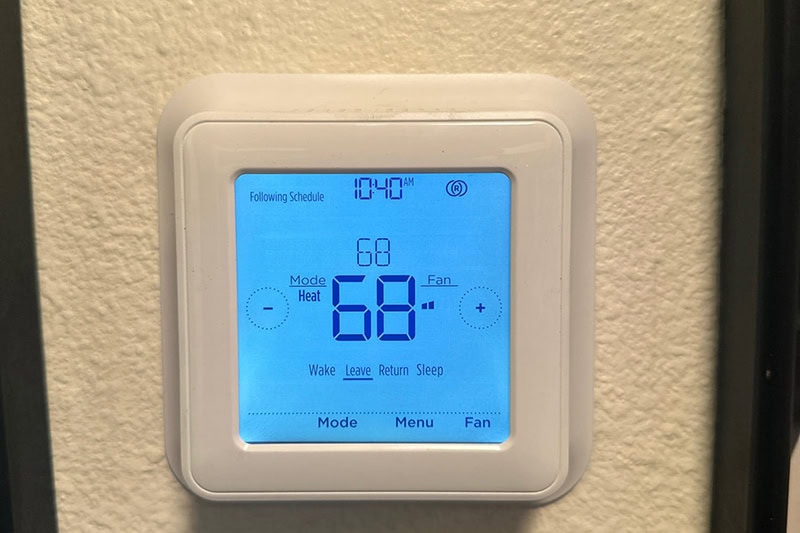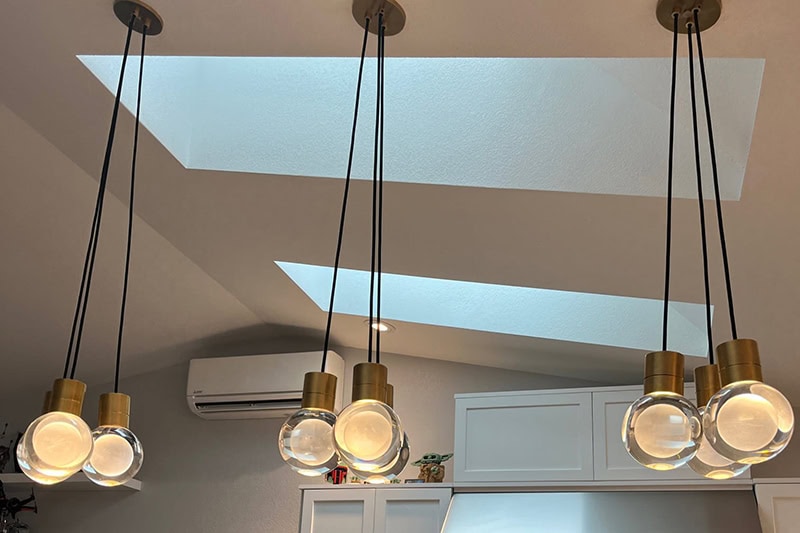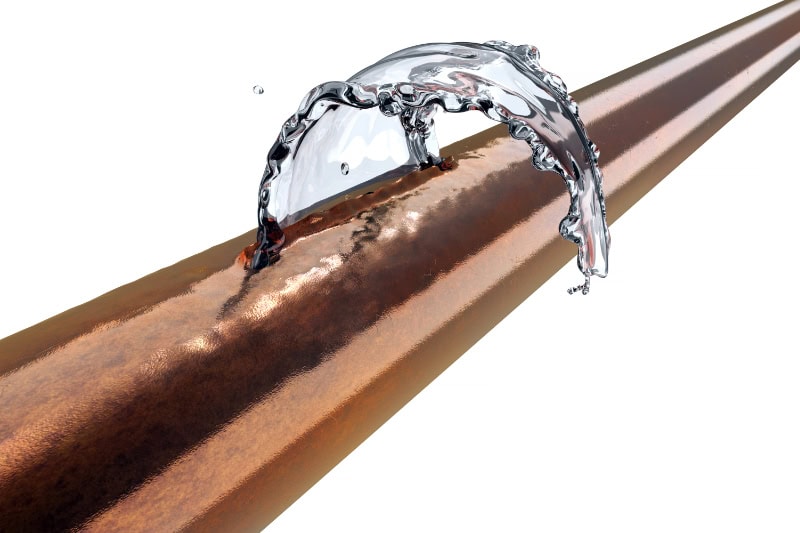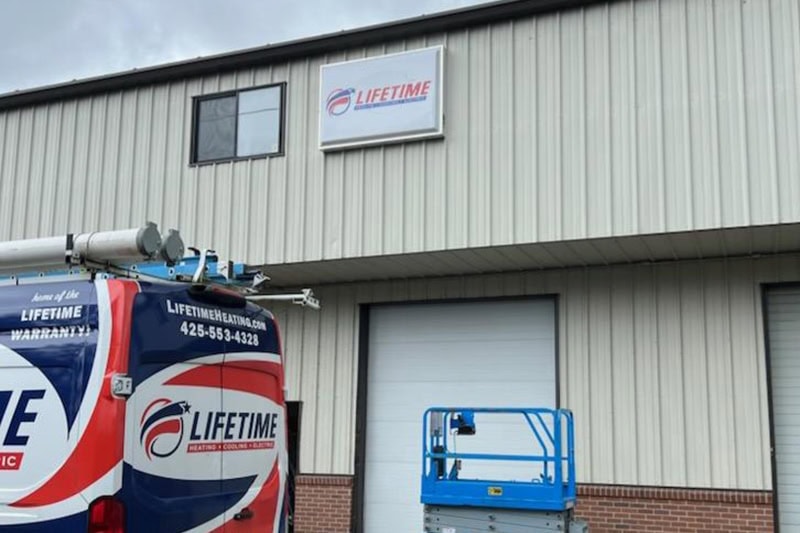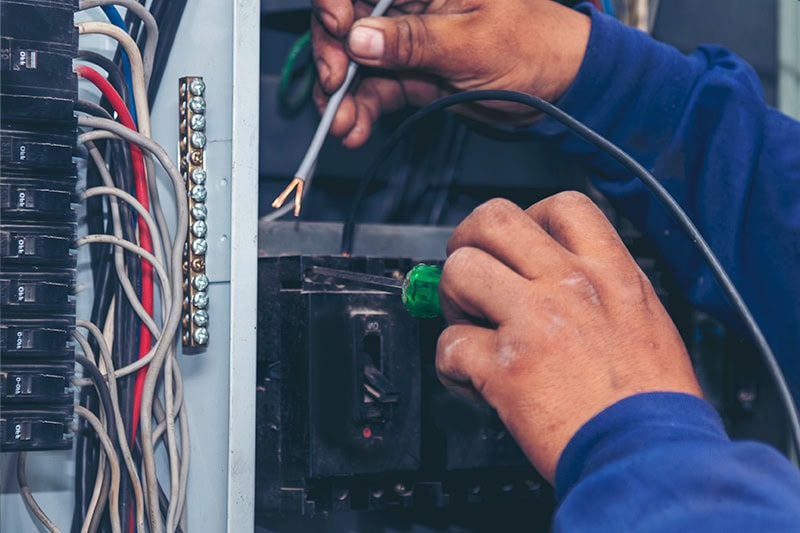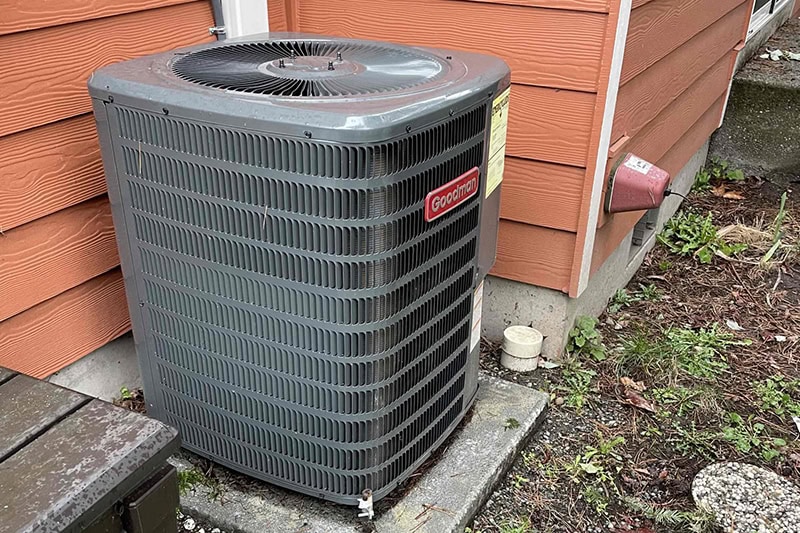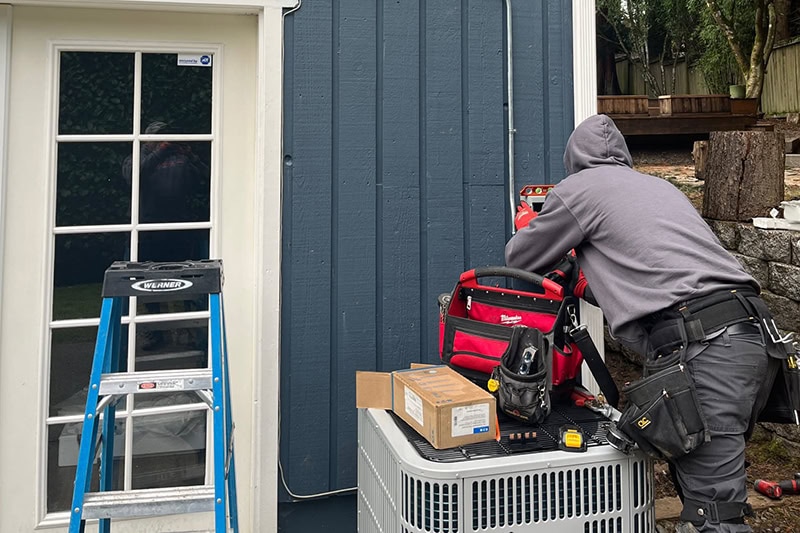News
Your Lake Stevens, home’s plumbing is like the unseen backbone of your daily routines. Whether it’s your morning shower, washing dishes, or doing laundry, your pipes are working behind the scenes to keep things flowing smoothly.
Continue ReadingWe all know the difference between the heating and cooling settings on a thermostat.
But what’s the difference between the On or Auto switch? How does this setting impact the heating, ventilation, and air conditioning (HVAC) system in your Snohomish home?
Continue ReadingThe electrical wiring in your Washington home is mostly out of sight and likely out of mind, even though you use it every day.
Continue ReadingFrom replacing air filters to scheduling maintenance, cleaning your cooling system can prevent breakdowns and keep your home comfortable.
Continue ReadingPlumbing emergencies may seem like spontaneous events that happen without warning, but that’s not always the case.
Continue ReadingHowever, sewer line problems are hard to ignore as wastewater overflows your floor drains from a hidden pipe outside your Everett, home. You cannot see the underlying problem and don’t know its severity. You merely know something has gone wrong.
Continue ReadingYour electrical panel is at the heart of your Washington home’s infrastructure, powering everything from appliances to smart devices.
Continue ReadingTired of sky-high gas bills or uneven temperatures in your Everett, home? A heat pump could be the perfect solution for year-round comfort and significant energy savings.
Continue ReadingLifetime Heating, Cooling & Electrical understands how important it is for your heat pump to operate at its greatest capacity.
Continue ReadingOur team of experts understands how high energy bills can rise, especially during peak seasons where your heating and cooling expenses increase.
Continue Reading

